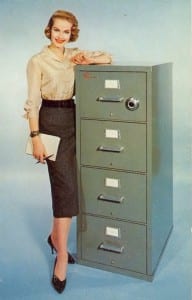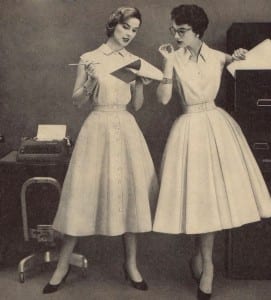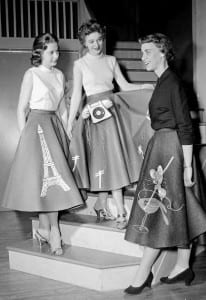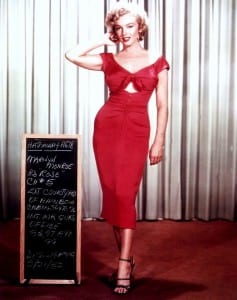In the beginnings of our process we established that we wanted to discover what it means to be human, what makes people individuals, and how our individuality defines us.
From our discussions around this topic, we conducted an exercise using Wikipedia, whereby we would start on a page concerning something related to identity (e.g. fingerprint) and click a link to a different page from here; write down information on this; click another link; and so on.
What this left us with was post-it notes. A lot of post-it notes.

Many of these post-it notes sparked conversation, and we believed lots of them could act as great stimuli for a show, yet two stood out in-particular:
Role Theory is the way our self-imposed ‘role’ in society (e.g. mother, teacher, etc) dictates the choices we make in life. George Herbert Mead, a psychologist and philosopher talked about the ‘self’ as a social process, where we ‘build’ our identities out of societal norms and assign these roles to ourselves through play as children. We learn to occupy a role, yet as we age we become less and less aware that we have fulfilled them.
This inspired us to complete a writing task. We sat for five minutes continually writing, answering the question “who are you?”
These stories were read out, ideas were circulated and themes dissected. All of our stories were very different from the last; some were fictional, some were anecdotal, some were poetic, some were very brutal. What we found from these stories was that we tended to discuss what we believed our roles, goals and aspirations were in some way. From this we developed exercises to determine our opinions on certain statements about ourselves. One of these exercises was walking around the room and sitting down when a statement was read out that we believed to be true to us, e.g. “I base my happiness on others.” We also stood at either the left or right sides of the room depending on which option we would choose, e.g. “A job you hate with brilliant pay, or a job you love that pays next to nothing?”

It wasn’t until after a long time improvising and playing with these ideas our stage manager, Dan, made a brilliant point:
“Every one of you keeps talking about love.”
A career or love?
Love or money?
Unrequited love or forbidden love?
It was from there that we knew we’d cracked it. Each and every one of us knew what it was like to be in love, or be loved, or know someone who was in love. It is a universal concept that we all had first-hand experience in and spoke about all the time in casual conversation, not just when work-shopping ideas. How did our different experiences of love make us who we are? How were they similar to other people’s? How were they different?
We decided to bring this idea back around to our aim of using narrative-driven performance and story-telling; so that’s exactly what we did. Told stories.
The stupid things, the annoying things, the brilliant things, the ‘insignificant’ things about love. Things that only you and your significant other do (or so you thought…). The things that make you laugh. Your daily routine. Your favourite memories together. Anything and everything about love. The every day love, the outlandish love, the lack of love.

From these stories we created improvisations, from these improvisations we started to see characters, and from characters, well, who knows where we’ll end up next…



